
NOTE: All content on otterine.com is copyrighted and may not be reproduced in part or in whole. It takes a lot of time and effort to write and photograph for my blog. Please ask permission before reproducing any of my content. (More on copyright)

Homemade glue syringe
So, the other day, my glue syringe finally gave out. The rubber stopper kept getting caught in the tube. You’ve seen this delightful tool used many times.
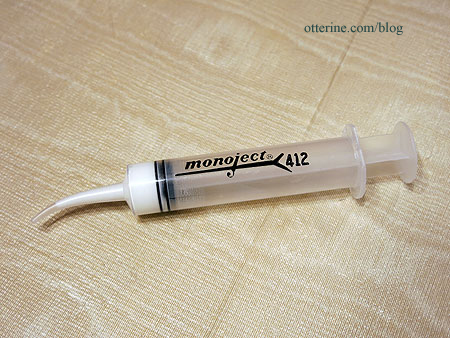
It’s Thanksgiving Day, and I need a glue syringe. Did I remember to pick one up last night when I was running pre-crazy-shopping-days errands? No.
Now, the local Michael’s does open at 4PM today. I’m not saying I won’t have to go to the store at some point this weekend, but I am trying to avoid it as much as possible. If Thanksgiving shopping is your thing, that’s great! I wish you good parking and fabulous deals. But, I’d rather not. :D
So, what to do? I gathered my scissors, a spoon, a plastic sandwich bag and the spackling tub. I don’t see any reason this wouldn’t work for glue, but I needed to apply spackling today.
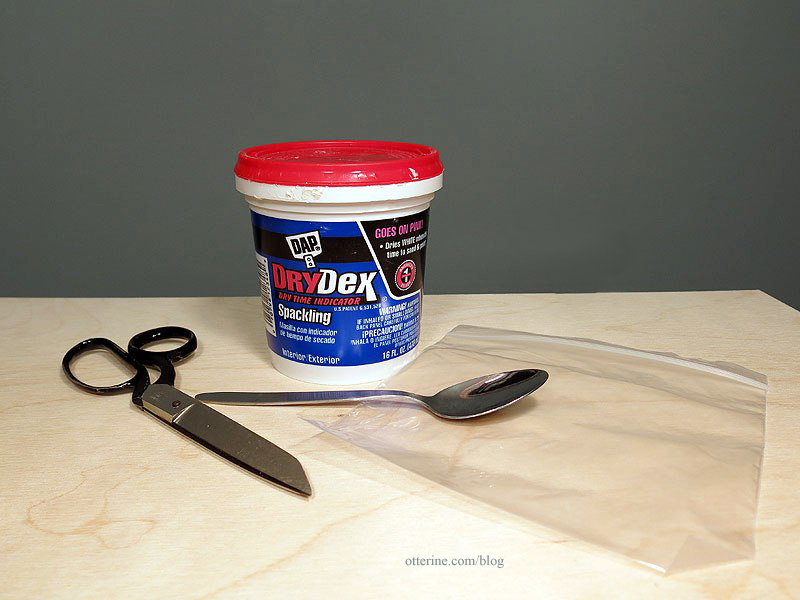
I spooned some spackling into the bag and pushed the material toward one corner leaving the zip-top unsecured. I gave it a slight twist and snipped the corner. Twist some more, and the spackling came out of the tip.
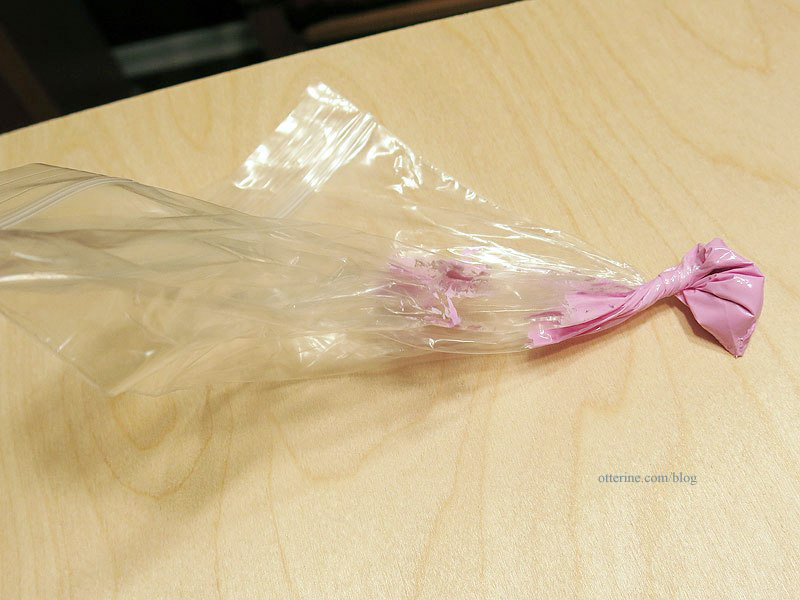
It’s basically a small pastry bag. :]
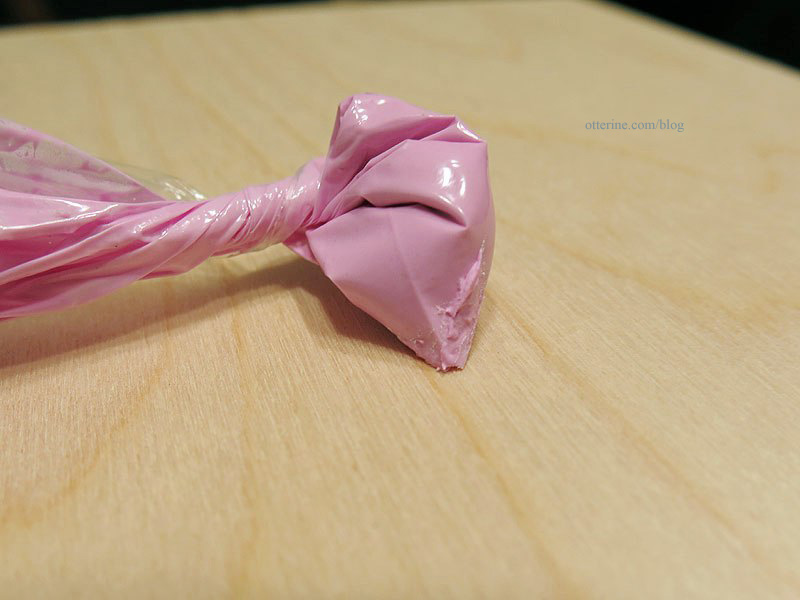
It took some getting used to and the syringe is easier to fit into tight spaces, but there was enough room for me to work with the bag on this particular area. It worked rather well, and I can keep my sanity avoiding the stores…at least for today.
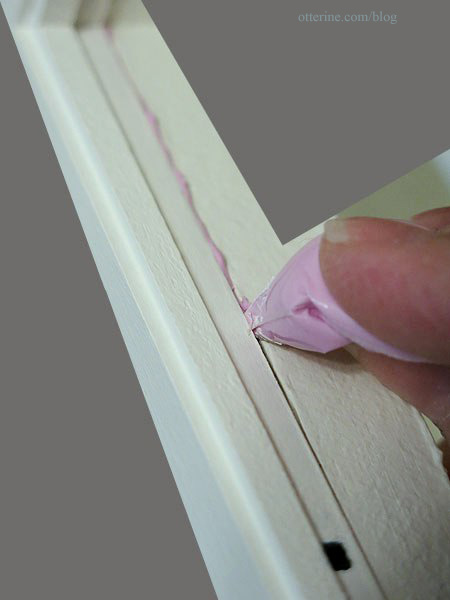
What I’m not avoiding is a yummy Thanksgiving dinner! Almost time to eat! :D
Categories: Tools
November 28, 2013 | 0 commentsPainter’s Pyramids
I bought a set of Painter’s Pyramids to help me while I painted my real life kitchen cabinets, but they are now in my mini tool box. :D
They are plastic pyramids with holes on the sides so you can use your fingertips to reposition them easily. They are also hollow on one side, so you can stack them for storing. A package of 10 is roughly $5, though it would make more sense for a pack of 12 since you typically use them in fours for better stability.
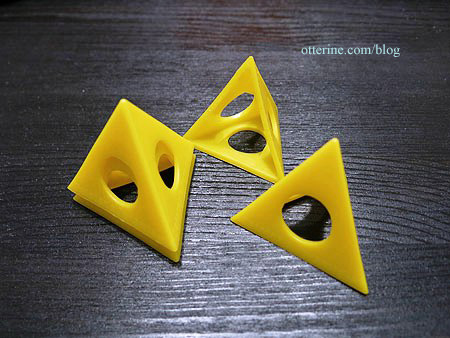
They now have a version with holes so you can attach them to your work surface with screws, and one of the packages I bought has this feature. For my cabinet doors, I did find the doors slid around on them a bit, but the pyramids stayed put even without the screws. I think it was the nature of the semi-gloss surface that made the doors slide around. When I used them to paint the kit walls with craft paint, there was no sliding. :]
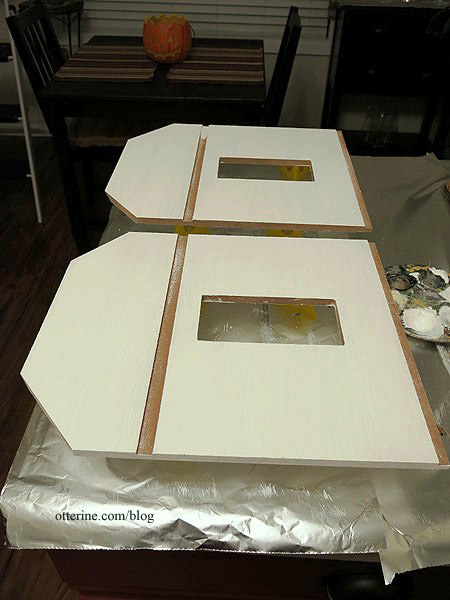
You paint one side of your board, wait until it’s relatively dry and then flip it over onto the tips of the pyramids. This means your painted surface won’t stick to the work surface. Even waxed paper and foil can stick to a tacky painted surface and pull paint away in spot. If the finish is marred at all while using the pyramids, it will be only at the points where the tips hold the board — a relatively easy touch-up.
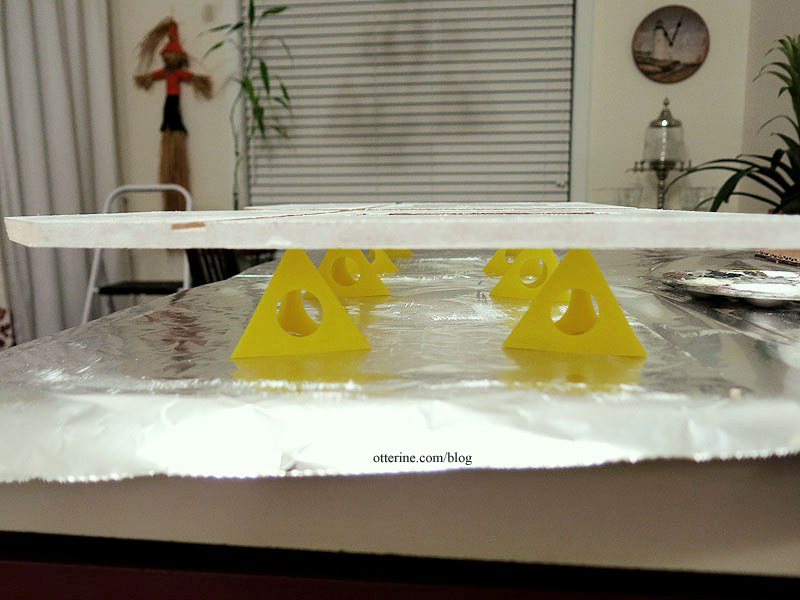
You can work so much more quickly than you would be able to without them. And, painting both sides of the boards at the same time keeps warping to a minimum. The pyramids allow both sides to dry evenly.
Categories: Tools
November 2, 2013 | 0 commentsHappy Groundhog Day 2013
Woodrow is ready for the day!
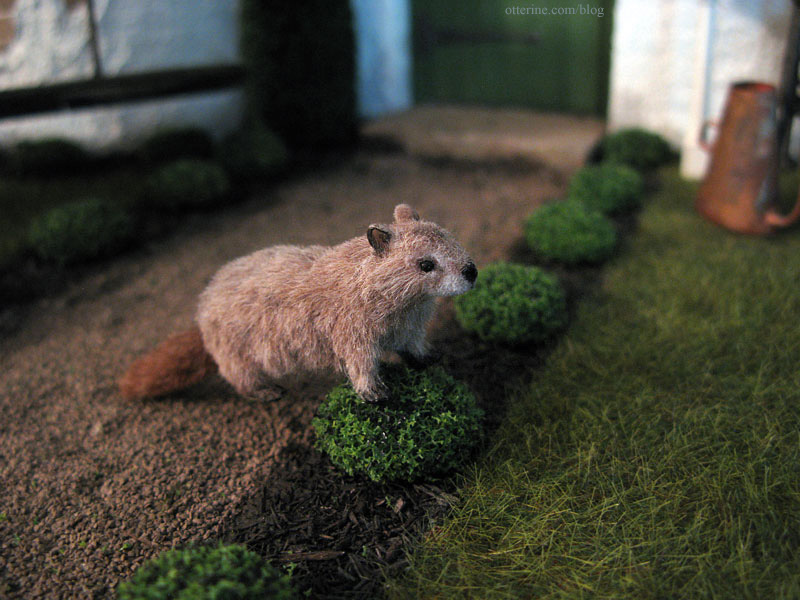
I have a few new things to share, the first of which is my new Proxxon scroll saw. Sexy, no? :D
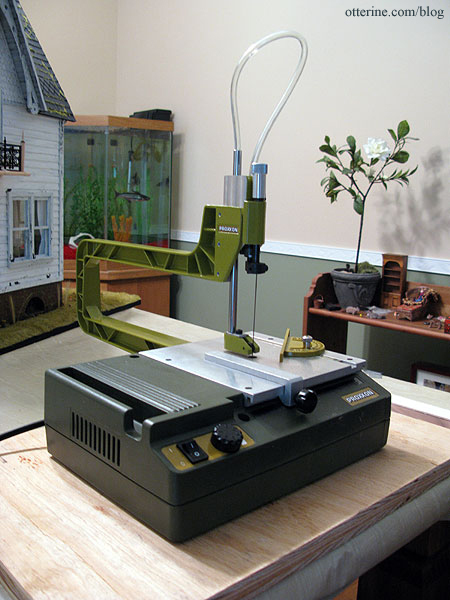
My friend, who is also a plumber, came to my rescue last weekend to fix my clogged drain, and while he was here we set up the saw. I didn’t have much time to work with it since I was finishing the trims on the Heritage, but I did make a couple of test cuts.
The cut balsa is smooth and not crushed.
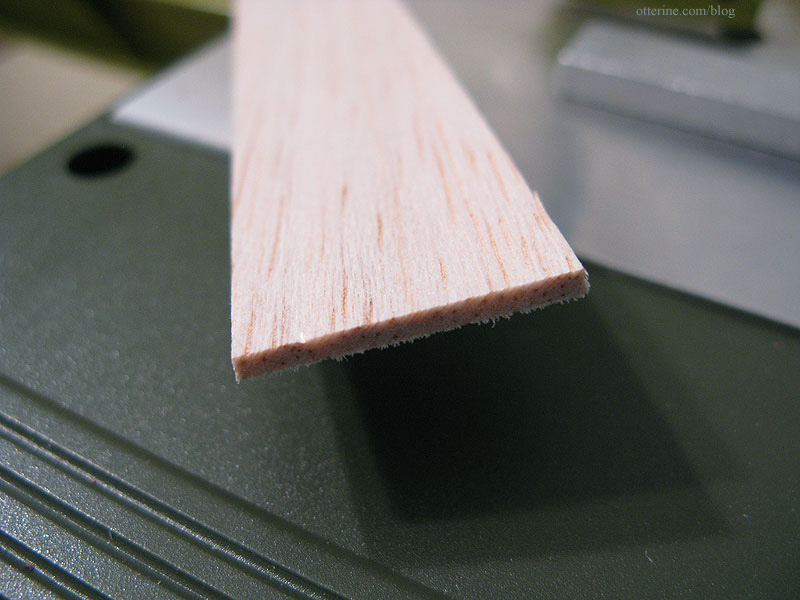
The cut walnut was easy peasy compared to cutting by hand with a blade.
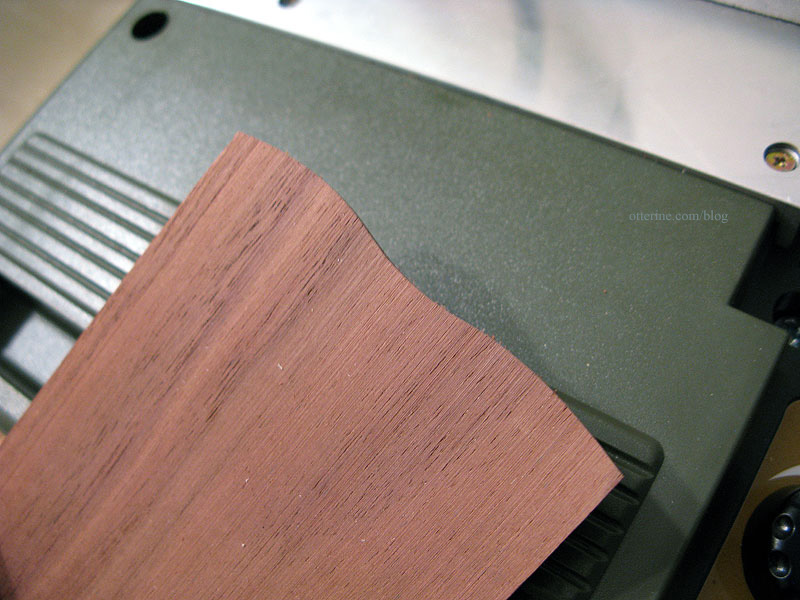
Categories: Animals and birds, Tools
February 2, 2013 | 0 commentsDu-Bro Tubing Bender
I love the rush of giddy excitement when I find a new tool and it works just like it is suppose to do! :D If you’ve ever worked with brass or aluminum tubing, you know bending it without a proper tool is pretty much a game of frustration.
Enter the Du-Bro Tubing Bender! =hooray and flourish=
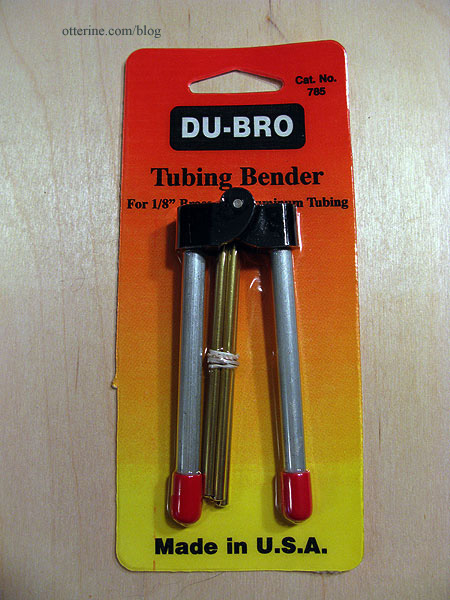
I purchased mine at a local hobby shop called Ad-Venture Hobbies. There are two sizes and this is the smaller of the two — for 1/8″ brass and aluminum tubing. It comes with a few pieces of brass so you can get the hang of it. You insert the tubing into the tool.
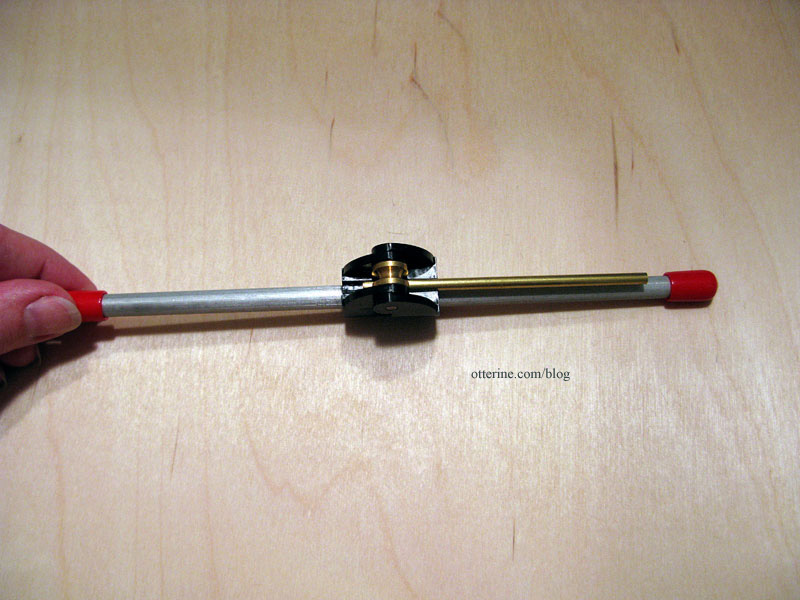
Then bend the tool – love the easy work of leverage!
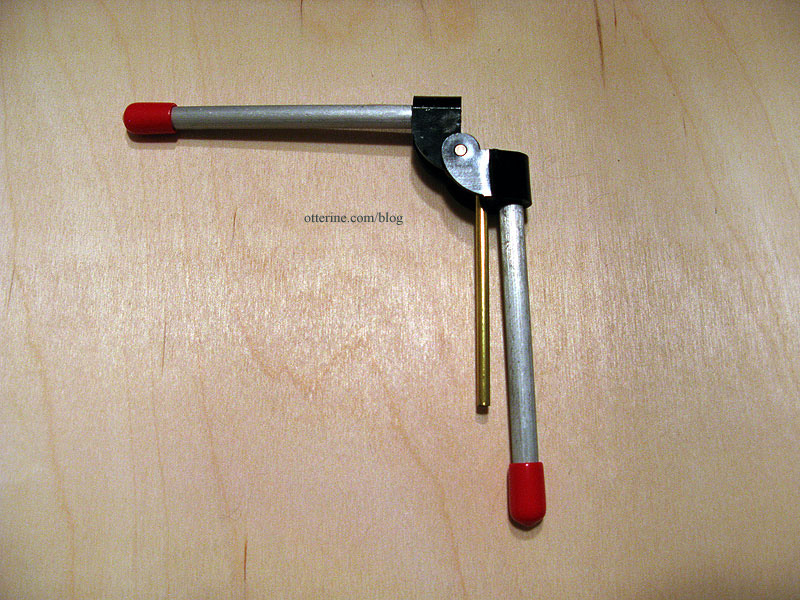
You are left with a nice bend.
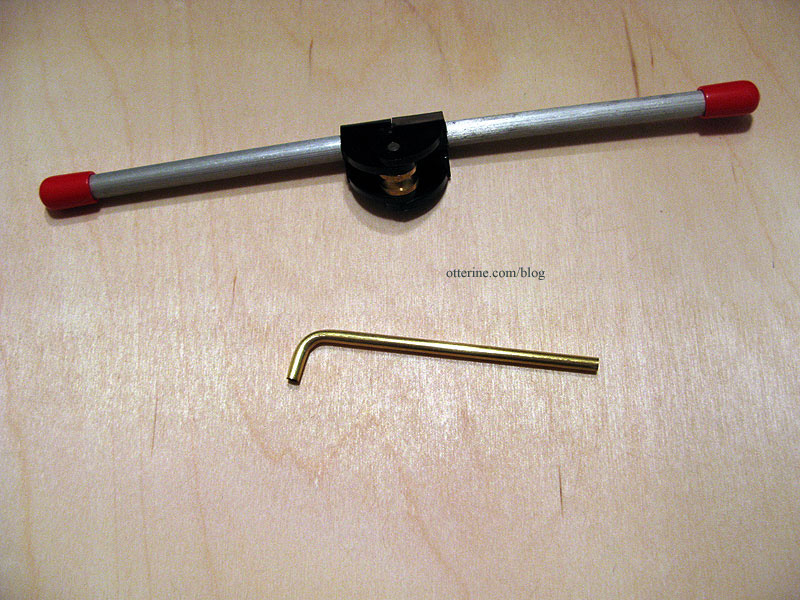
No kinks in the tubing. I did try to bend a piece closer to the end, but it pulled and didn’t work as well. So, there is some limitation to it, but I think it’s a wonderful tool.
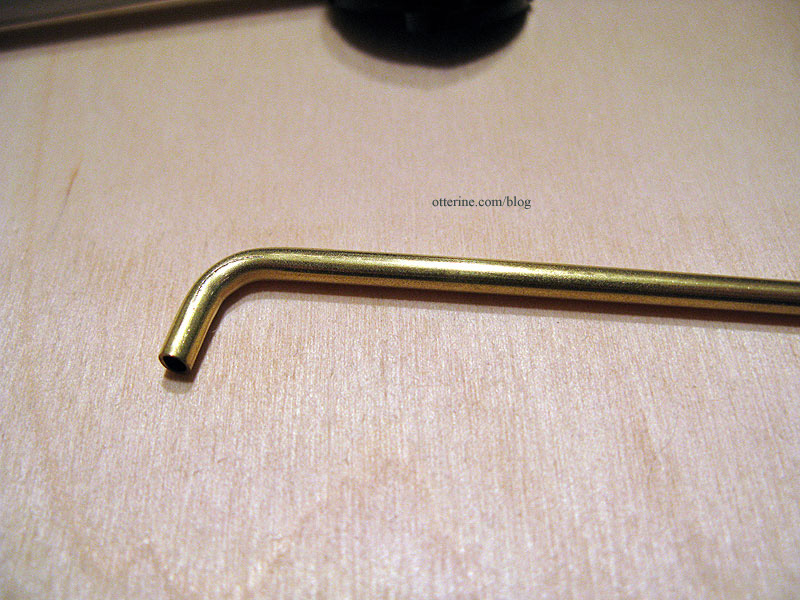
You can bend it again in another direction.
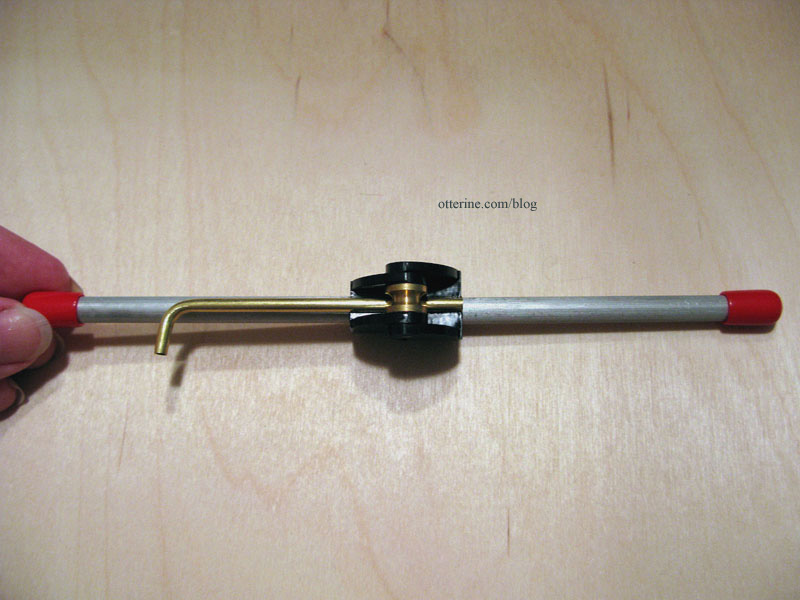
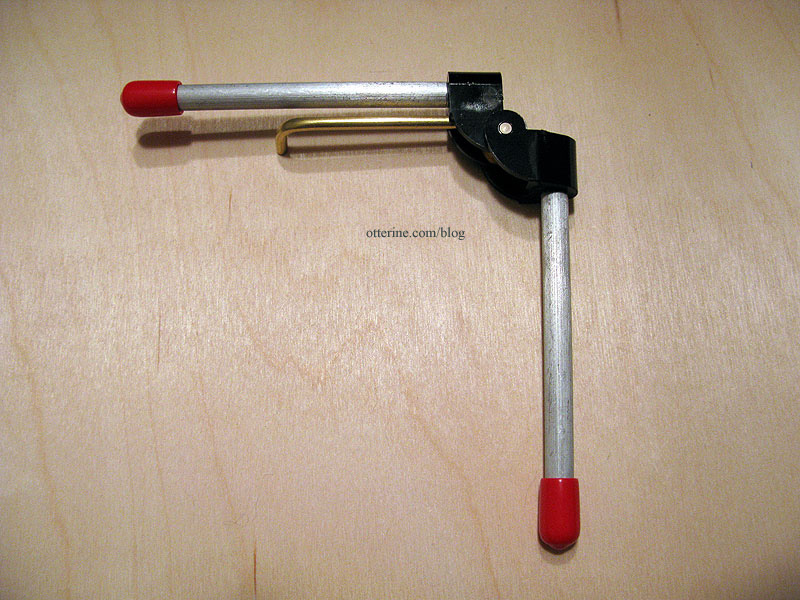
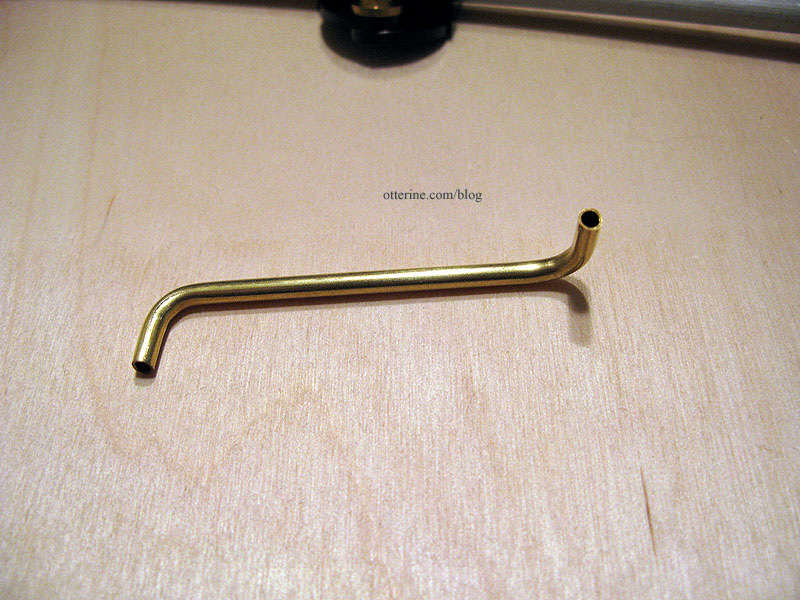
You can bend it more than 90°, too.
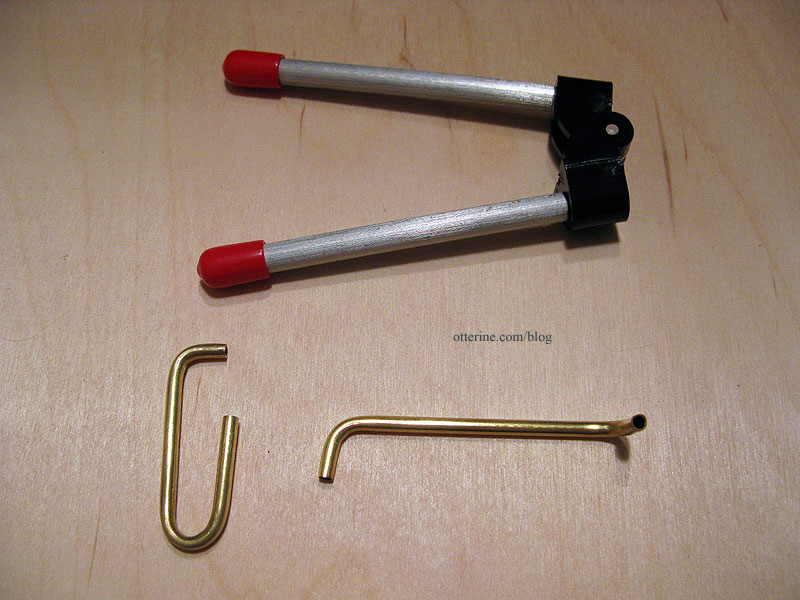
I tried it on a scrap piece of 1/16″ aluminum, and it worked well for the 90° angle. It was a little unruly since it’s not a tight fit in the tool but works well enough with some finagling. There is a small amount of flattening in the bend, but it looks much better than trying to do it by hand.
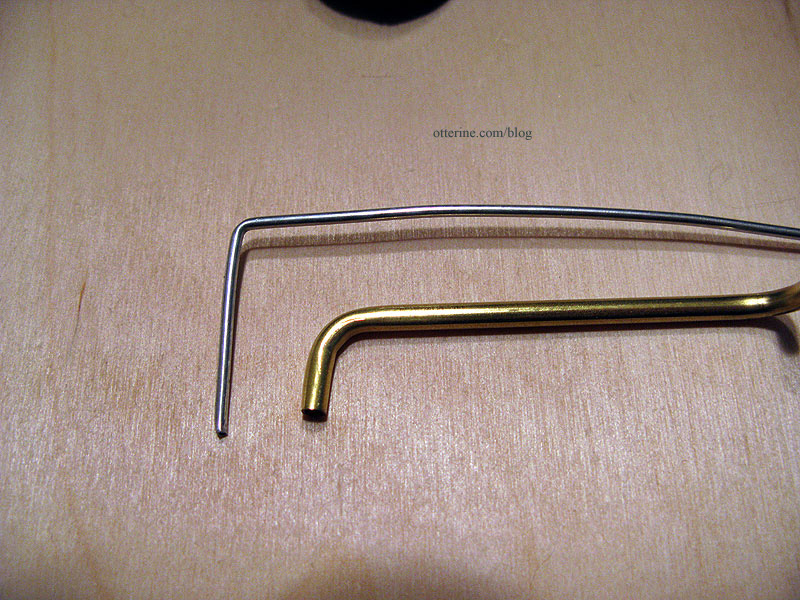
Update: I’ve tried it now with aluminum tubing, and you have to be a little more careful since the metal is softer and easier to tear. It takes some practice, but you can get it to work on aluminum. I ended up making 3-4 small bends right next to one another to stretch it out a little before doing the final bend. It’s not as clean as the brass, but it does work.
Categories: Tools
June 18, 2012 | 0 commentsCutting plywood without power tools
Power tools are noisy, need appropriate space for setup and are a little intimidating to me. So, I use a standard utility knife with either a metal ruler or metal T-square to make my plywood cuts (technique learned from Real Good Toys). This is my cutting board on an old TV tray.

I use this method on everything from 1/64″ thick wood veneer to 3/8″ thick plywood, though the latter takes some doing. For boards up to 1/8″ thick, I cut on one side only. For thicker boards, I make cuts on both sides to meet in the middle. Here is that process.
I’ve photographed the process along the way with staged photos…meaning I am not actively cutting in these photos. I can’t hold the camera and photograph myself cutting, because cutting requires two hands, one to steady the board and ruler and the other to cut the board.
First, I make my guidelines on one side of the board. This is the doorway placement for the bathroom-to-hallway door on the new 1/4″ thick plywood wall, which I cut using this method. The top cut has already been started in this photo.

With a sharp blade in my utility knife, I cut along the lines using the T-square to start. This makes sure the lines are square with the bottom edge….no crooked doors allowed.
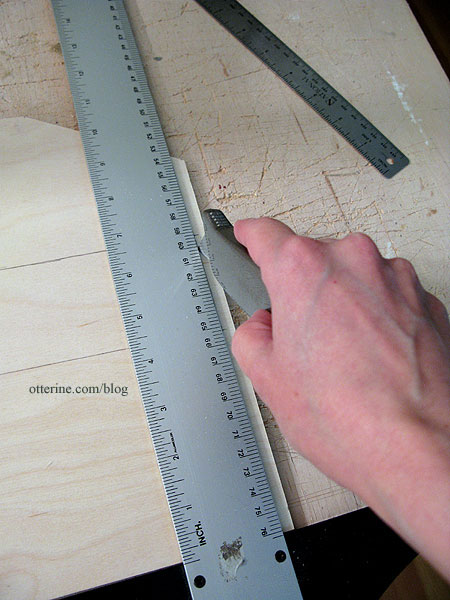
Once I have a deep line, I switch to the metal ruler because I can position the board and the ruler in a more comfortable position for me. You might find using only the T-square works best for you.

I cut part of the way through the board by making repeated cuts along the same lines. I then mark these cuts on the opposite side of the board.

I measure on the opposite side from where the cuts began and transfer the guidelines. I don’t do this in the beginning just in case my cuts are off a little from my initial guidelines on the first side.

I then repeat the cutting process with the T-square or metal ruler (or first one, then the other) on the new side. I flip the board back and forth, repeatedly cutting deeper into the grooves until the cuts meet in the middle. The board then separates and you are left with a reasonably clean edge.

If there is any excess wood on either side, I use the utility knife to clean up the edges.

I use 60 grit sandpaper to smooth out the edges, and we are ready to test out the door.

I obviously wouldn’t use this to scratch build an entire house from 3/8″ plywood, but it’s a usable method for the small amount of cuts I usually make during a build. Thicker boards take some elbow grease and patience — and a few breaks in between cuts, but this method gets the job done. :D
Categories: Tools
April 3, 2012 | 0 comments
NOTE: All content on otterine.com is copyrighted and may not be reproduced in part or in whole. It takes a lot of time and effort to write and photograph for my blog. Please ask permission before reproducing any of my content. (More on copyright)



